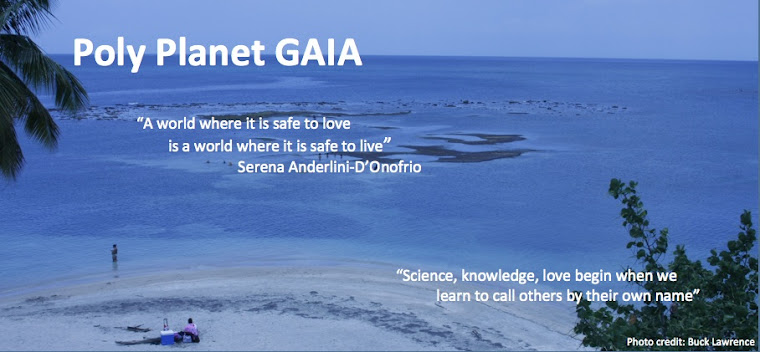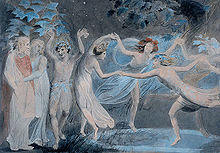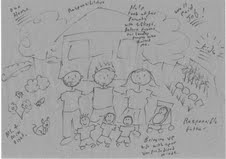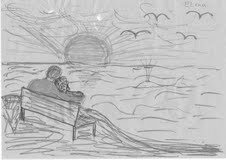Dear Earthlings:
The year of wonders is what 2012 is supposed to be. Yours truly offers snippets of her favorite books. All on yesterday's forbidden themes. Let's see if their mysteries are revealed.
Eros is a story that staved the loneliness of her first years in the Caribbean, when she was missing her former Matrias, California and Italy.
Does health emanate from love? That's one of the main themes. Hypoglycemia is an emotional disorder that results from isolation, loss, absence of love. Are other diseases a result of the same problem? A very old question, and new. Love, the ecology of life, is the source of health. Isn't that a win-win? A world where it is safe to live is a world where it is safe to love.
Here are yours truly's reflections back in 2007. Eros: A Journey of Multiple Loves, has the full story.
 "I returned to the center where they were reluctant to test me. I told them I would not budge until a test was scheduled. I did test positive for this dangerous nutritional imbalance, which, accidentally, as I was told, caused Virginia Wolf's suicide. Hypoglycemia is a syndrome few conventional doctors understand. It is a prelude to diabetes, as well as its opposite, since the production of insulin is accelerated. A naturopath was called, and he told me what I had, explaining how the condition had to be brought under control by an appropriate diet and eating style. Meals had to be frequent and small . . . ." (31)
"I returned to the center where they were reluctant to test me. I told them I would not budge until a test was scheduled. I did test positive for this dangerous nutritional imbalance, which, accidentally, as I was told, caused Virginia Wolf's suicide. Hypoglycemia is a syndrome few conventional doctors understand. It is a prelude to diabetes, as well as its opposite, since the production of insulin is accelerated. A naturopath was called, and he told me what I had, explaining how the condition had to be brought under control by an appropriate diet and eating style. Meals had to be frequent and small . . . ." (31)The narrative continues as Gaia heals naturally and becomes a holistic healer herself. Oh blessed be!
Education is the heart of democracy. And that includes education to love. It comes in many forms. Including learning about Eros and journeys of multiple loves.
Eros: A Journey of Multiple Loves was a Lambda Finalist in 2007. It is now being considered for translation in to Spanish by a press in Madrid. Access to this memoir would be a great gift to Spanish speakers across the globe. If you agree, leave a comment and we will let the publisher know. Gracias!
Did you enjoy the post? Let us know! Yours truly appreciates your attention. The comments box is open.
Come back! And stay tuned for more wonders.
Namaste,
Serena Anderlini-D'Onofrio, PhD
Gilf Gaia Extraordinaire
University of Puerto Rico, MayaguezFollow us in the social media
Website: www.serenagaia.com
Author's Page/Lists all books: http://www.amazon.com/-/e/

















